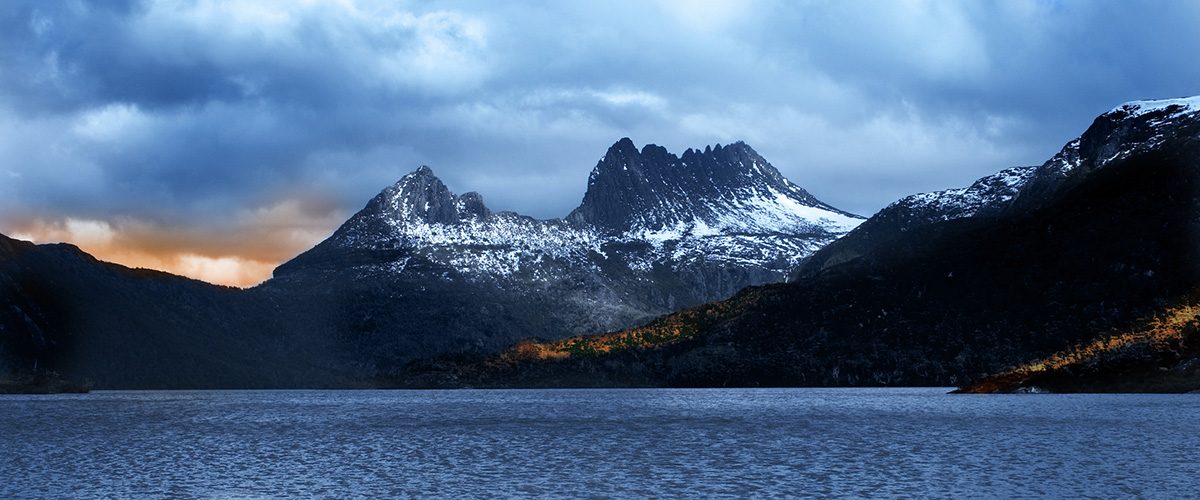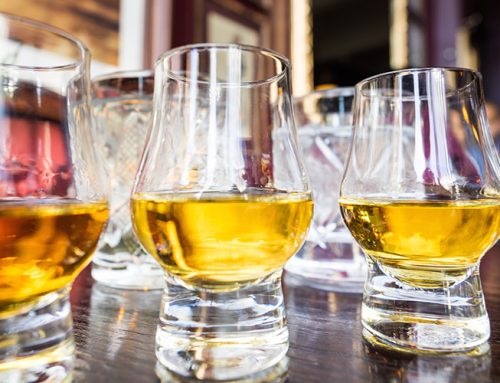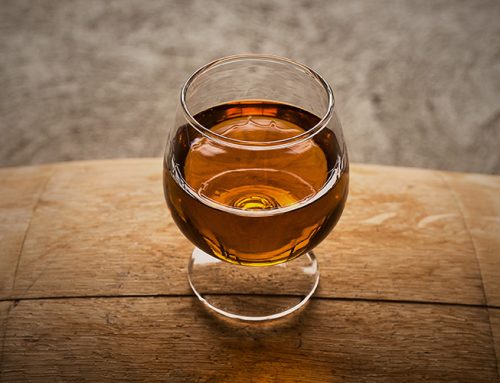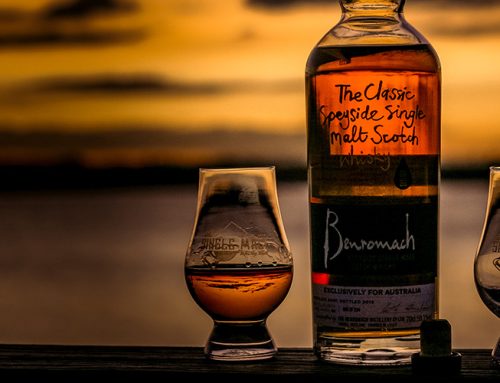WHERE SINGLE MALT WHISKY IS MADE
There was a time – not so long ago, either – that single malt whisky was considered the exclusive product of Scotland (with a few accepted Irish brands as well) – and anything calling itself single malt whisky that was not produced in Scotland was not, well, proper whisky at all.
In the past, an article such as this would have waxed lyrical about the various Scottish whisky regions and the characteristics of whiskies from them. It would have been all about sweet Speyside whiskies, Highland and Lowland malts, Islay peat-monsters and the crash of the Campbelltown region.
BUT NO MORE! Back in 2005 when the SMWC first began, a change was already underway. Only most people didn’t know it yet. Stills were already firing in places that hadn’t seen (or smelled) the distillation of malt beer for 100’s of years – if ever! Barrels were already maturing in bond stores and warehouses in countries that had no historical ties to whisky production.
Japan has been both importing Scottish single malt whisky and distilling its own for a long time now. Suntory opened the first Japanese whisky distillery in 1923. This ‘Yamazaki Distillery’ is still running and holds worldwide acclaim to this day. Japanese companies also have substantial stakes in some Scottish distilleries. Japanese whisky gained international recognition and acclaim in the 21st century, winning numerous awards and becoming known for its high quality and unique flavour profiles. As a result, Japanese whiskies have become highly sought after by whisky enthusiasts worldwide.
The Australian whisky scene started slow-burning its way onto the world stage in the late 1990’s and 2000’s with such brands as Lark, Sullivans Cove, Limeburners and Nant, Hellyers Road and more getting up and running. By the early-mid 2010’s Australian whisky ‘came of age’ with several huge international accolades awarded to Aussie distilleries and their wares over a few subsequent years. The many different climates found around Australia mean that our styles of single malt whisky are numerous and diverse. From the hot, dry aging of Adelaide region, to the humid tropical north, the alpine, desert, coastal and rainforest distilleries, Australia has all the bases covered as far as whisky maturation goes.
These days the term ‘world whisky’ is on the verge of becoming rather passé in itself as whisky is fast becoming considered a ‘world product’ anyway. Huge [and celebrated/awarded] whiskies are coming from all corners of the globe these days. A little over 3 years ago the SMWC launched the Israeli ‘Milk & Honey’ brand into Australia – and in 2023 their ‘Elements Sherry Cask’ won best whisky in the world. Over the past 18 years we’ve seen (and featured) whiskies from countries never previously associated with single malt whisky.
And now we find ourselves in somewhat of a whisky renaissance where you may just as easily find yourself dramming on a Indian dual-barley whisky, a Taiwanese Sherry Bomb, a Manuka smoked malt from New Zealand or a Swedish whisky aged in Swedish native wood as you would be a Scottish Islay, Speyside or Highland dram.
It’s probably fair to say that the Australian success stories have had a big part in the ‘world whisky’ movement. We at the SMWC have enthusiastically embraced ‘world whiskies’ since it became a concept. The rise in popularity of “world whiskies” is a fascinating phenomenon that has occurred over the past couple of decades. In those years, whiskies from all over the world have started to gain recognition and acclaim, leading to a broader category known as “world whiskies” or “international whiskies.”
There are several reasons behind the rise in popularity of world whiskies:
- Craftsmanship and Innovation: Whisky producers from various countries have embraced the traditional techniques of whisky making while also adding their own unique twists. This combination of craftsmanship and innovation has resulted in a diverse range of flavours and styles, appealing to whisky enthusiasts who seek new and exciting taste experiences.
- Award-Winning Distilleries: Many world distilleries have won prestigious awards at international whisky competitions, gaining attention and credibility in the global market.
- Globalization and Exposure: The internet and social media have played a crucial role in connecting whisky enthusiasts around the world.
- Limited Supply and Rarity: Some world whiskies are produced in limited quantities or have unique production processes, making them sought-after collector’s items. The scarcity of certain expressions has contributed to their popularity and increased interest from investors and collectors.
- Diverse Flavour Profiles: World whiskies offer a wide range of flavour profiles, influenced by local terroir, climate, and aging conditions. This diversity appeals to whisky connoisseurs who appreciate exploring different tastes and expressions.
- Collaboration and Cross-Cultural Influence: Whisky producers from various countries sometimes collaborate or draw inspiration from one another. This cross-cultural influence has led to the creation of exciting blends and cask exchanges, further fueling interest in world whiskies.
- Premiumization and Sophistication: As the global whisky market matures, consumers are increasingly seeking premium and rare expressions. World whiskies, often marketed as premium products, have capitalized on this trend by offering unique and luxurious experiences.
It is essential to note that the rise in popularity of world whiskies does not diminish the significance of traditional whisky-producing countries. Instead, it enriches the whisky landscape, offering enthusiasts a broader selection of flavours and experiences from around the globe. Whether it’s Japanese whisky, Indian whisky, Australian whisky, or whiskies from other countries, the trend of world whiskies shows that the love for this spirit continues to grow and evolve worldwide.
For the ‘Purists’, (or for old times sake – you decide) here’s a breakdown of the key Scottish whisky regions.
Lowland Malts
Lowlands typically have a dry finish, which makes them excellent aperitifs. The dryness comes from the malt itself, not from peat (Lowlands tend to use unpeated malt), and this also lends a certain sweet fruitiness to the flavour and mouthfeel. Their aromatic intensity is low, and tends to be grassy or herbal, with grainy and floral notes. It used to be said that they leant a brandy-like flavour to a blended whisky.
Speyside Malts
Speysides are essentially sweet whiskies. They have little peaty character (although some have a whiff of smoke) and their salient characteristic is estery – typically, this aroma is compared to pear-drops or solvent (nail varnish remover, particularly). They can be highly perfumed: scents of carnations, roses, violets, apples, bananas, cream soda and lemonade have all been discovered in Speyside malts. They take maturation in sherry-wood well and can be rich and full bodied, medium and light-bodied.
Islay Malts
The Island of Islay (pronounced ‘Eye-la’) Islay Malts’ Characteristics Islay whiskies generally reverse the characteristics of Speysides, tending to be dry and peaty; behind the smoke, however, can be gentle mossy scents, and some spice. The southern Islay distilleries produce powerfully phenolic whiskies, with aromas redolent of tar, smoke, iodine and carbolic.
Highland Malts
North Highland Malts
North-Highland malts tend to be light bodied, delicate whiskies with complex aromas and a dryish finish sometimes spicy, sometimes with a trace of salt. Some are faintly peaty (Highland Park, Scapa, Clynelish, Balblair); in others the smoke is more like Lapsang Suchong (Pulteney, Teaninich, Dalmore). They cannot take too much sherry-wood maturation (although, the sherry-finishing technique developed at Glenmorangie suits them well).
East Highland Malts
The malts from distilleries north of Aberdeen – Macduff (the product is named Glen Deveron in its proprietary bottlings), Knockdhu, Ardmore, Glendronach and Glengarrioch – are medium-bodied, malty, slightly sweet, smooth, slightly smoky and with a surprisingly dry finish. South of Aberdeen – Royal Lochnagar, Fettercairn, Glencadam – they become richer, more toffee-like, with citrus notes, but still a whiff of smoke and still the dry finish.
West Highland Malts
West Highland malts are much less peated than their southen cousins in Islay, although they all have at least a whiff of smoke and a mildly phenolic flavour. If there is a uniting factor it is the sweet start and the dryish, peppery finish.
Central Highland Malts’ Characteristics
The offerings from the Central Highlands are a mixed bag. Generally they are lighter-bodied and sweeter that their cousins to the east, but not as sweet as Speysides. Like Speysides, they are fragrant – blossom, violets, elderflowers, heather, mint, spice, pears: all these words appear in the tasting notes – but they tend to have a dry finish.




